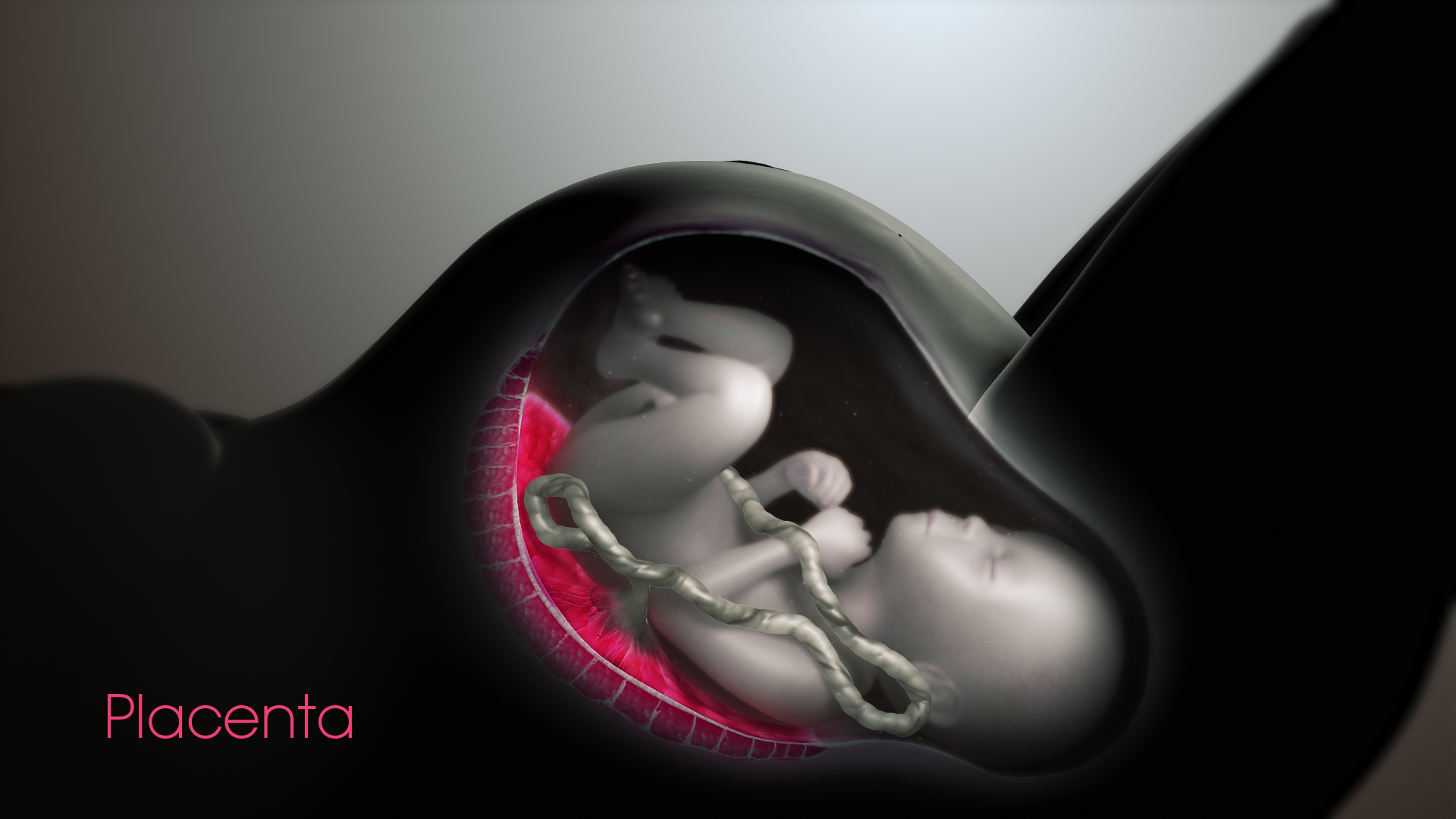After our illustrative article explaining the stages of pregnancy and the vaginal process of childbirth, we bring you the next installment describing the procedure of cesarean, in cases where a normal delivery is not possible.
The cesarean section surgery rate is about a third of all births in the US. However, for a procedure so common, there’s astonishingly scant information about how and why cesarean sections are performed.
A C-section is recommended mainly in the following situations:
- Labor isn't progressing- Stalled labor can either be due to the limited opening of the cervix or the baby’s head being too big to pass through the birth canal.
- Dilation problems- Sometimes even an intense labour pain, may not be accompanied by the elasticity of the cervix. This, therefore, is a hindrance and delay for the baby to descend through the vagina which calls for an emergency C-section.
- Abnormal position of the baby- If the baby’s bottom, i.e., feet or buttocks enter the birth canal first (breech) or if it is positioned sideways or transverse, a C-section is advised as a safe option for delivery.
- Placenta previa- When the placenta covers the opening of the cervix.
- A health concern- In case the mother suffers from health conditions like complex heart problems or high blood pressure, urgent delivery may be needed. If she carries an infection that could be passed through the vagina, like HIV or genital herpes, C-section again becomes the preferred option.
- Cephalopelvic Disproportion (CPD)- This is a condition, often diagnosed at the birth table, where the mother’s pelvis is smaller than the baby’s head to smoothly let it slide through the birth canal.
- A previous C-section- Depending on the type of uterine incision and other factors, it's often possible to attempt a vaginal birth after a previous C-section. In some cases, however, the healthcare provider might recommend a repeat C-section.
Usually, a spinal anesthesia (injected into the sac surrounding the spinal cord to numb the lower part of the body) or epidural anesthesia (injected into the lower back outside the sac of the spinal cord) is given to the patient before beginning the surgery. The anesthesia can sometimes take up to 30 minutes to accomplish an effective numbing.
The procedure takes an average of 45 to 60 minutes. The baby is usually delivered in the first 15 minutes with the remaining time used for sealing the incisions.
In an emergency cesarean, a vertical incision (from the navel to the pubic area) is made, unlike the most common horizontal one (called bikini cut) which is made just above the pubic bone. This is done to achieve a faster delivery.
The baby is surgically removed through an incision in the mother's abdomen and then a second incision in the uterus.
The surgeon has to go through multiple layers before reaching the baby. Once the filmy peritoneum layer is cut, the uterus becomes visible. After the uterus is opened, the delivery proceeds.
During the process, sometimes, small blood vessels are cauterized using a machine to prevent bleeding.
After cutting through the uterus, the amniotic fluid will be suctioned away to make some room for inserting the hands or instruments.
The baby is engaged in the pelvis, usually head down, but sometimes in breech position. Whatever part has entered the pelvis will be lifted out by the doctors.
Once the head is out, fluids are sucked out of the baby's nose and mouth so that there’s no hindrance in breathing. In a vaginal birth, these are naturally squeezed out during labor. If meconium (baby’s first stool) is present there may be extra suctioning required.
Once the delivery and afterbirth are completed, the cuts made to the mother's uterus are repaired with stitches, which eventually dissolve under the skin. The abdominal skin is closed with stitches or with staples, which are removed before she gets discharged from the hospital.
Medical Animation Explaining Stages of Pregnancy
We bring you a stunning medical animation which shows different stages of pregnancy, right from the formation of the blastocyst to implantation and eventually the process of childbirth in 3D. Read More..









